
Claire Windsor was an American film actress of the silent screen era.

Ford Sterling was an American comedian and actor best known for his work with Keystone Studios. One of the 'Big 4', he was the original chief of the Keystone Cops.

Lois Wilson was an American actress who worked during the silent film era. She also directed two short films and was a scenario writer.

Hobart Van Zandt Bosworth was an American film actor, director, writer, and producer.

Florence Vidor was an American silent film actress.
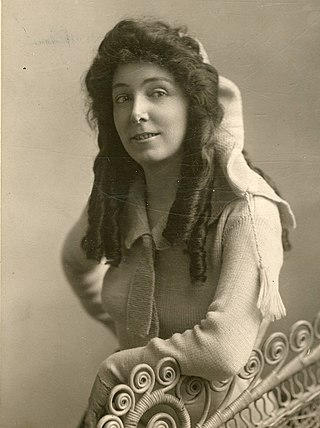
Edythe Chapman was an American stage and silent film actress.

Film Booking Offices of America (FBO), registered as FBO Pictures Corp., was an American film studio of the silent era, a midsize producer and distributor of mostly low-budget films. The business began in 1918 as Robertson-Cole, an Anglo-American import-export company. Robertson-Cole began distributing films in the United States that December and opened a Los Angeles production facility in 1920. Late that year, R-C entered into a working relationship with East Coast financier Joseph P. Kennedy. A business reorganization in 1922 led to the company's assumption of the new FBO name. Two years later, the studio contracted with Western leading man Fred Thomson, who within a couple years was one of Hollywood's most popular stars. Thomson was just one of several silent screen cowboys with whom FBO became identified.

Dorothy Revier was an American actress.

Wallace Archibald MacDonald was a Canadian silent film actor and film producer.
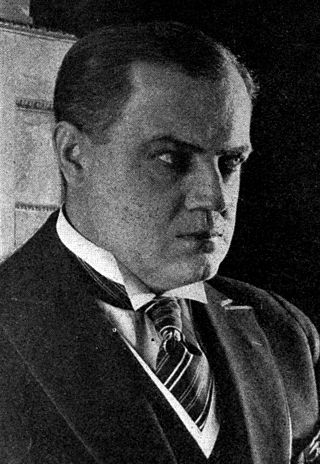
Anders Randolf was a Danish American actor in American films from 1913 to 1930.
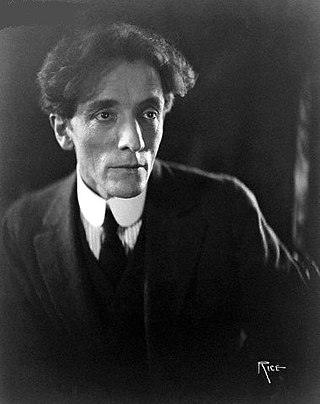
Nigel De Brulier was an English stage and film actor who began his career in the United Kingdom before relocating to the United States.
Samuel Sax was an American film producer. He produced 80 films between 1925 and 1946, including the last films of Roscoe Arbuckle. From 1938 to 1941, Sax headed Warner Brothers's British subsidiary at Teddington Studios in London.
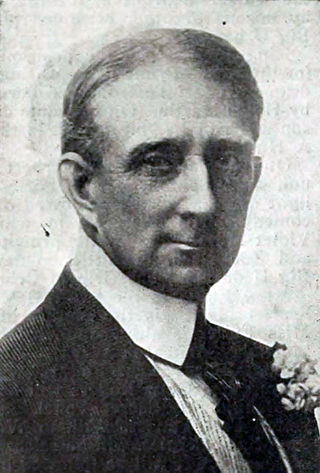
Alec B. Francis was an English actor, largely of the silent era. He appeared in more than 240 films between 1911 and 1934.

Tiffany Pictures, which also became Tiffany-Stahl Productions for a time, was a Hollywood motion picture studio in operation from 1921 until 1932. It is considered a Poverty Row studio, whose films had lower budgets, lesser-known stars, and overall lower production values than major studios.

Edna Murphy was an American actress of the silent era. She appeared in 80 films between 1918 and 1933. Murphy was voted "Most Photographed Movie Star of 1925" by ScreenLand Magazine.
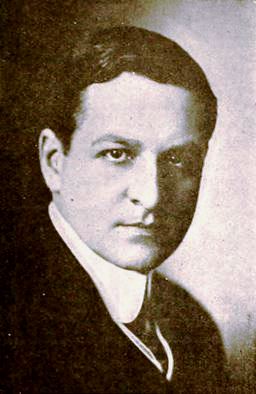
Charles Hutchison was an American film actor, director and screenwriter. He appeared in more than 40 films between 1914 and 1944. He also directed 33 films between 1915 and 1938. Though he directed numerous independent silent features, he is best remembered today as Pathé's leading male serial star from 1918 to 1922. In 1923 he went to Britain and made two films Hutch Stirs 'em Up and Hurricane Hutch in Many Adventures for the Ideal Film Company. He made one last serial in 1926, Lightning Hutch, for distribution by the Arrow Film Corporation. It was meant to be a comeback vehicle, but the production company went into bankruptcy just as it was released.
Photoplay Productions is an independent film company, based in the UK, under the direction of Kevin Brownlow and Patrick Stanbury. Is one of the few independent companies to operate in the revival of interest in the lost world of silent cinema and has been recognised as a driving force in the subject.
Rayart Pictures was one of the early film production and distribution companies operating independently of the major Hollywood studios in the United States during the later silent film era from the mid-to-late 1920s and into the early "talkies" era of early films with sound in the late 1920s and early 1930s. It established its own distribution network, specialising in westerns. It was begun by W. Ray Johnston in 1924, after whom the company was named. It was originally created as a low budget release agent, and like the other so-called Poverty Row studios, was based in a small plot off Sunset Strip, by Gower Street. An early Poverty Row studio, it was a forerunner of Monogram Pictures, whom was also founded by W. Ray Johnston.

Chadwick Pictures was an American film production and distribution company active during the silent and early sound eras. It was originally established in New York by Isaac E. Chadwick in 1920 to release films, but from 1924 also began to produce them. In later years the company's independent films were similar to those of other small studios on Poverty Row. Following the introduction of sound, its releases were handled by Monogram Pictures. In 1933 it ceased production entirely.

Barbara Tennant was an English actress. She appeared in over a hundred silent films between 1912 and 1928.

















